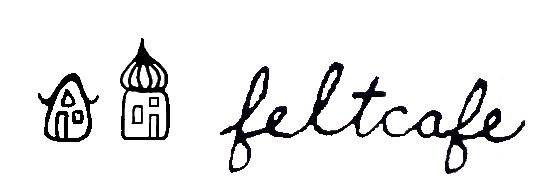
one the last places i managed to visit before i left japan back in march was the
miho museum.

it was an interesting building in an amazing natural setting.

and they had some natural dyes (as well as a few other traditional crafts) displayed in the gift shop.

'dry indigo': the japanese says 'kansou aiba' which means, dried leaves of the 'ai' or japanese indigo (polygonum) plant.

'indigotin' (which i believe is actually what is found in all varieties of indigo): the japanese says 'sukumo,' which is actually the specific name for the 'ai' leaves that are fermented as part of the traditional japanese indigo dye process. more info
here.

the top left is 'miscanthus tinctorius' or 'kari yasu' in japanese (a reed that produces a yellow dye). the top right is 'philodendron' or 'kihada' (the bark produces a
yellow dye). the small cones in forefront are labled 'yasha' in japanese only...my best guess is that these are the alder cones used for brown dyes described
here ...although there seems to be some discrepancy with the kanji used and the meanings of these characters.
a lot of this is my best (non-native-speaker) guessing. if you know more or better, please feel to share. mostly, i was impressed and delighted to find this sort of display, that included the dyestuff itself, the japanese name for it in both kanji and phonetic kana, and english!!
 after i returned to the states from japan, i quickly wrapped up and submitted my masters thesis. then, i took advantage of some frequent flier miles i'd saved up and visited some friends in europe. it was absolutely fantastic. i saw some art, some crafts, visited excellent cities and wonderful people that i hadn't seen for quite a while. it was all about relaxing, catching up with friends. and food and coffee of course! the photos above and below are both brunch plates from copenhagen, where brunch has been taken to new levels.
after i returned to the states from japan, i quickly wrapped up and submitted my masters thesis. then, i took advantage of some frequent flier miles i'd saved up and visited some friends in europe. it was absolutely fantastic. i saw some art, some crafts, visited excellent cities and wonderful people that i hadn't seen for quite a while. it was all about relaxing, catching up with friends. and food and coffee of course! the photos above and below are both brunch plates from copenhagen, where brunch has been taken to new levels.
 this is smorbrod, the danish open-faced sandwich. DE-licious.
this is smorbrod, the danish open-faced sandwich. DE-licious. rhubarb crumble at a natural foods cafe in london.
rhubarb crumble at a natural foods cafe in london. this is actually a cafe in london, but its name, fika, is the swedish (very key!) concept of a cozy coffee break.
this is actually a cafe in london, but its name, fika, is the swedish (very key!) concept of a cozy coffee break. veggies grilled in the backyard on a sunny sunday in belfast.
veggies grilled in the backyard on a sunny sunday in belfast. the dogs in a sunny patch in the house on the sea in scotland.
the dogs in a sunny patch in the house on the sea in scotland.












